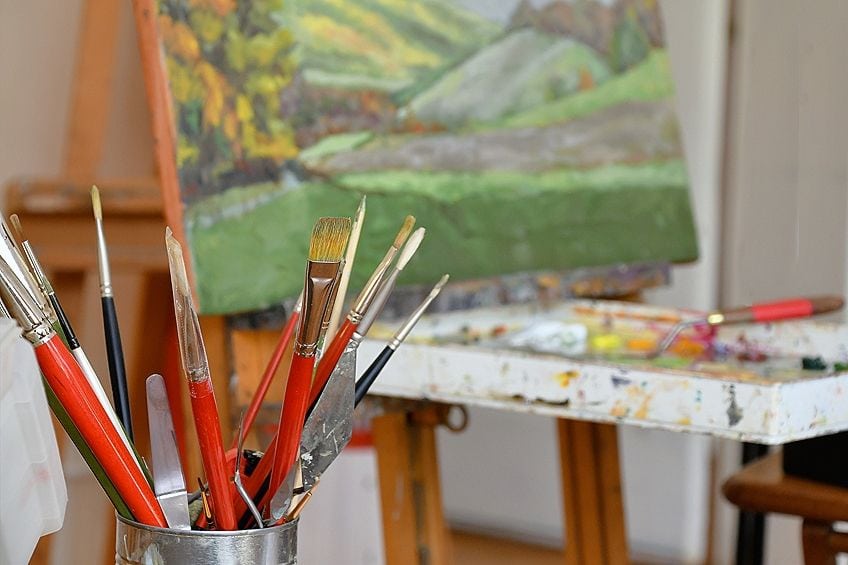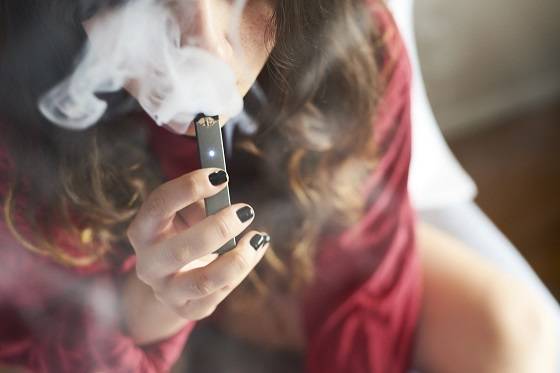A portrait is any pose of a person or animal that you choose. Oil painting portraits are best known however by capturing a person or animal form the shoulders up and focusing on the head and facial features most often. Even beginning oil painters can learn to paint portraits if given the proper instruction and tools. Oil portrait painting is a fun hobby and is learned with practice.
This article will discuss a few oil painting techniques for you to take a picture or photo portrait to a finished oil, acrylic or watercolor painting. This is painting tips for beginners and those who may be just learning how to paint a portrait.
1. Prepare the Canvas
I prepare my canvases by using white acrylic gesso. I spread a layer of gesso onto the canvas making the painting service smoother with each consecutive layer. This basic technique is used for oil and acrylic painting. If you are photo to oil painting a portrait in watercolor you would use watercolor paper and therefore this step does not apply.
2. Get the Sketch of the Photo or Picture on the Canvas
There are several methods I use to get an accurate sketch on a prepared canvas. The first method I use and teach is the grid method. With the grid method you simply place a grid of equal squares on both the photo and the canvas. Then you draw with a pencil what you see in each and every square. This creates a line drawing on the canvas. There are easier methods but this is the first one and sometimes the only one taught in most art classes.
3. Choose Your Paint Medium
A paint medium simply means the type of paint you are using, oil, acrylic or watercolor generally. With oil paint there are a few choices of paint types to use. There are traditional oils. These seem to be preferred by many artists. Traditional oil paints require turpentine or other solvents for thinning and cleaning. You should choose odorless solvents due to the adverse health effects that are possible by inhaling toxins found in some thinners or solvents.
On the market today are newer oil paints called water-soluble or water mixable oil paint. Water mixable paints are not made with water, but can be easily mixed with and cleaned with water making them much easier and pleasant to work with.
Acrylic paint is a good choice of paint if you like a fast drying alternative. To keep the paint from drying to quickly on the palette you simply mist or gently spray the pallet every so often. I enjoy working with acrylic paint because I like to see fast results.
Watercolor paint has long been a favorite medium among artists. If you enjoy working on paper versus canvas, then watercolor is a good choice for you. Consecutive layers of watercolor paint build gorgeous portraits
4. Start Building Layers of the Portrait
With oil paint, you need to start lean. You want the bottom layers to dry faster than the top thicker layers. In order for this to happen apply those first few layers thinly. With oil paint it is important to really just think in terms of applying brush strokes of color and then repeat. As your portrait starts to take shape, you can apply thick layers of colors.
With acrylic and watercolor paint, you also work in layers. Acrylic paint is added on top and gently scrubbed in to blend with the lower layers. Watercolor layers are gently applied until the color is as dark as desired.




